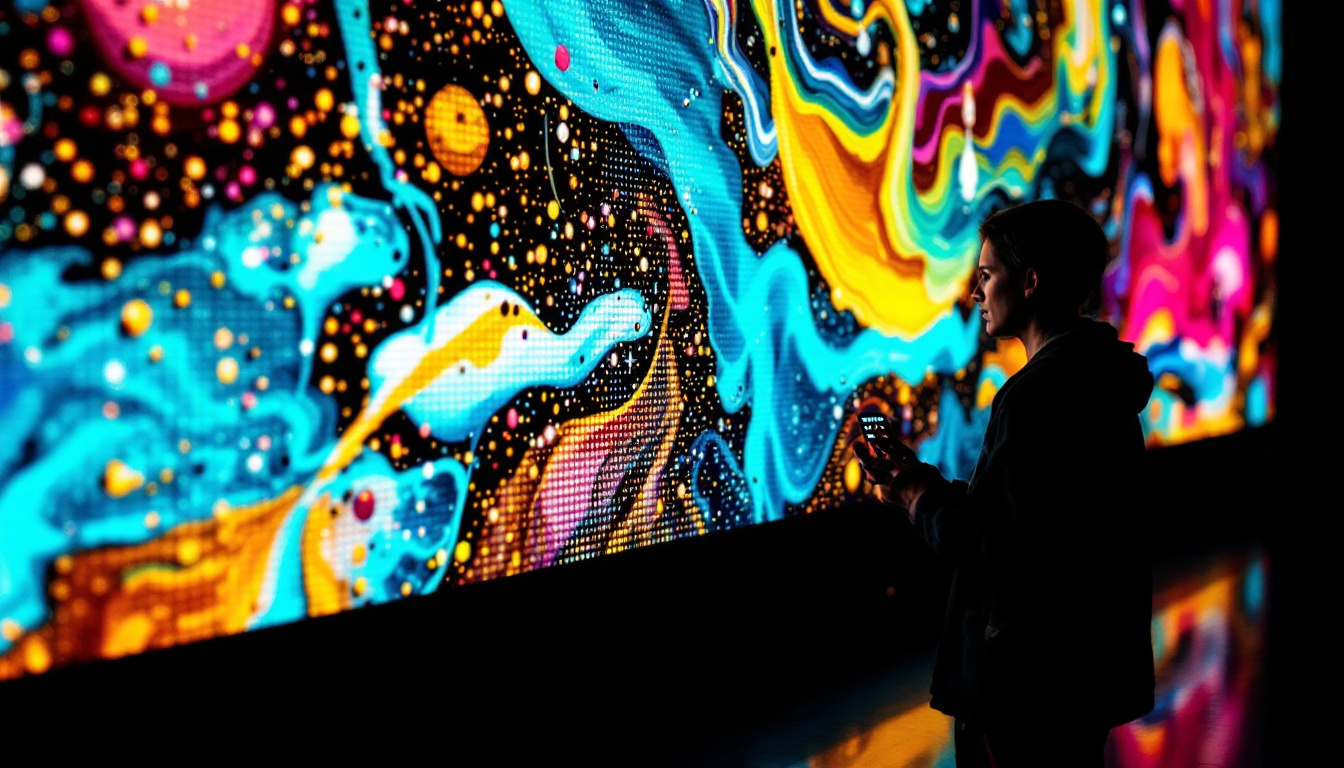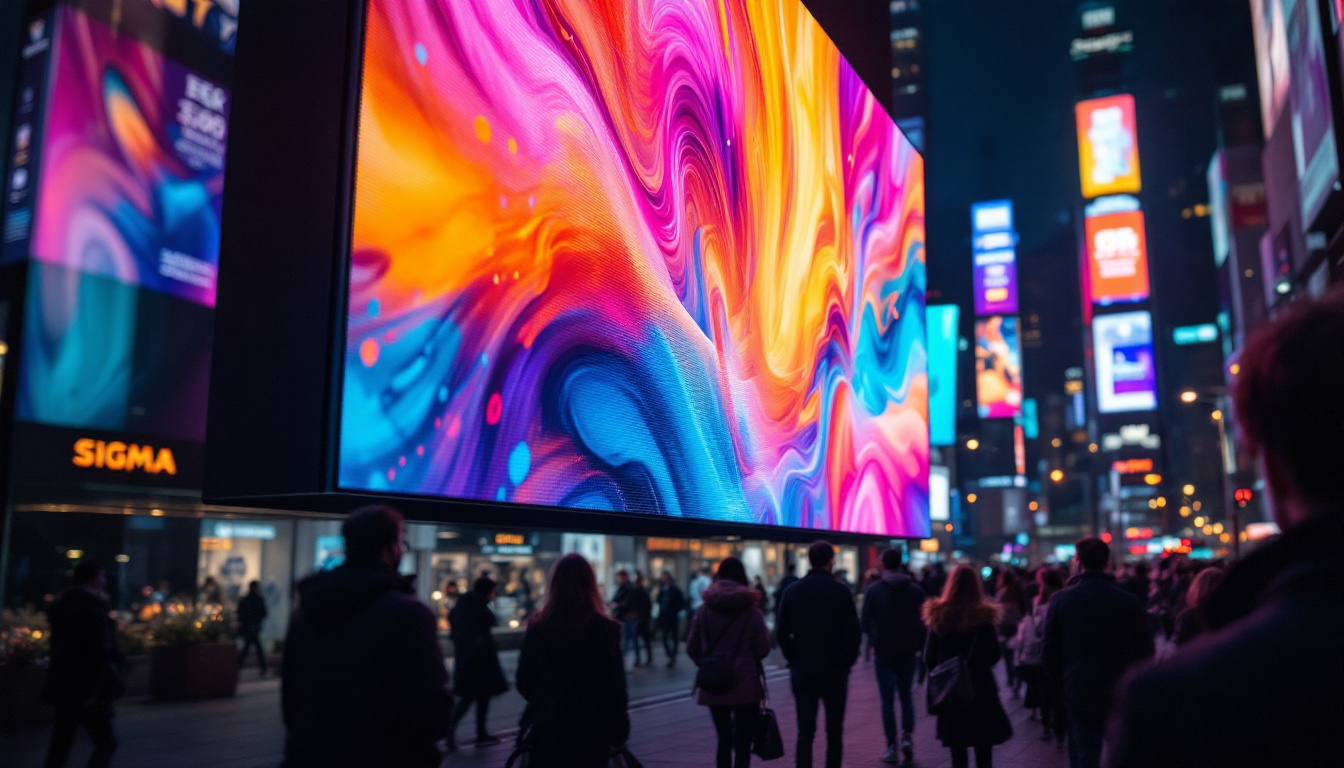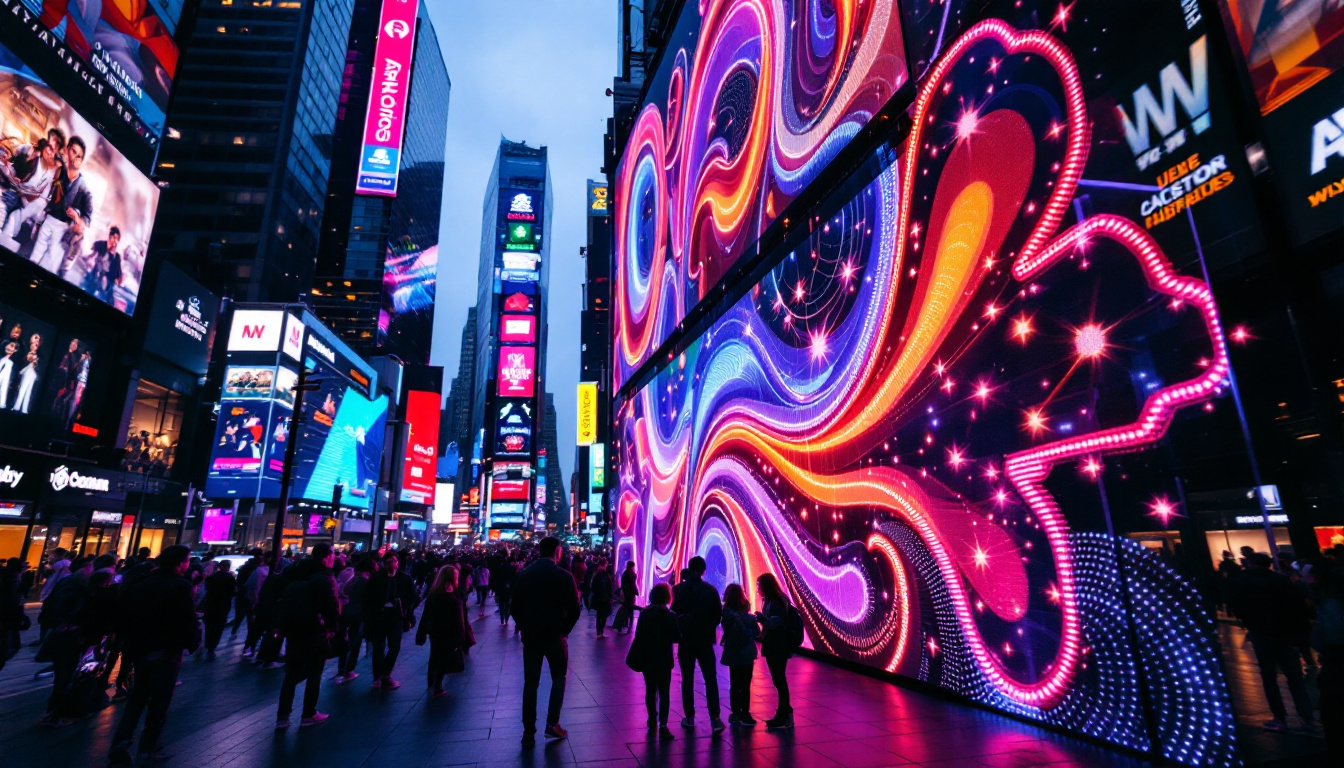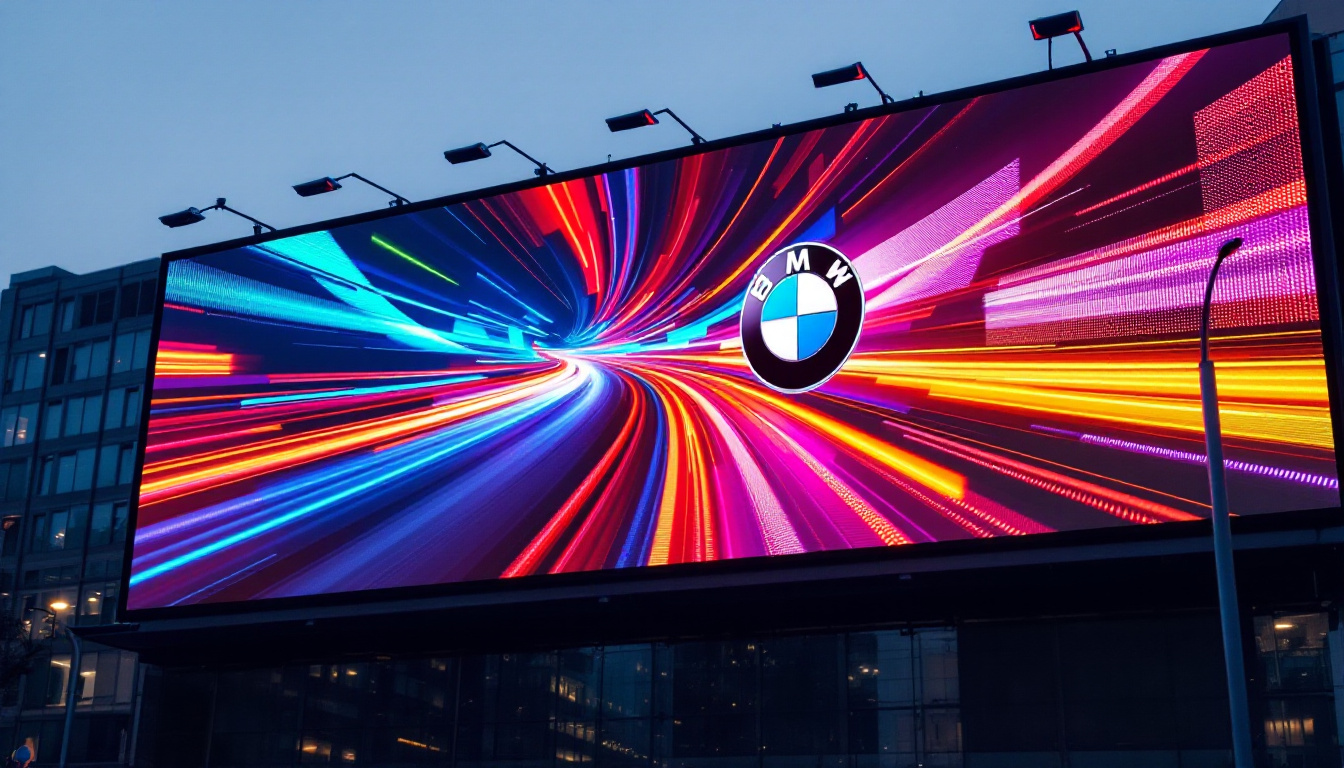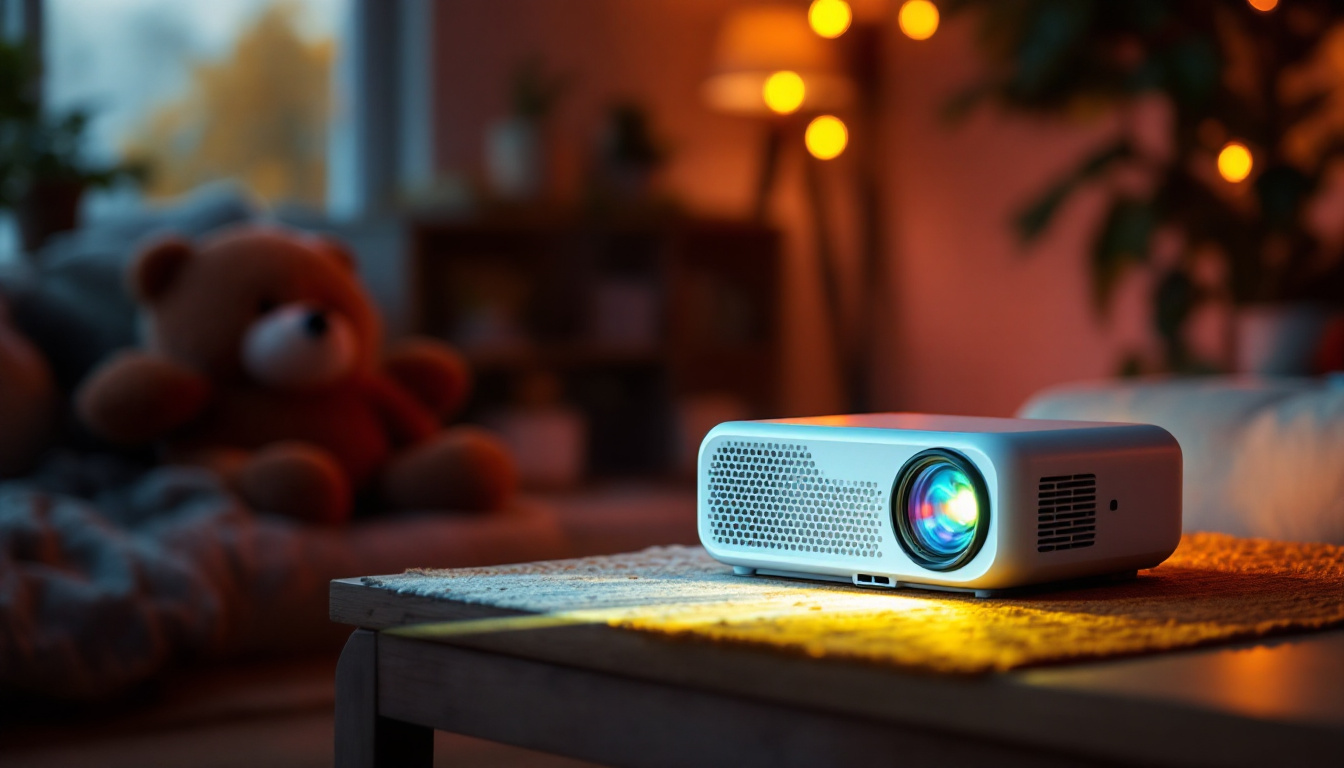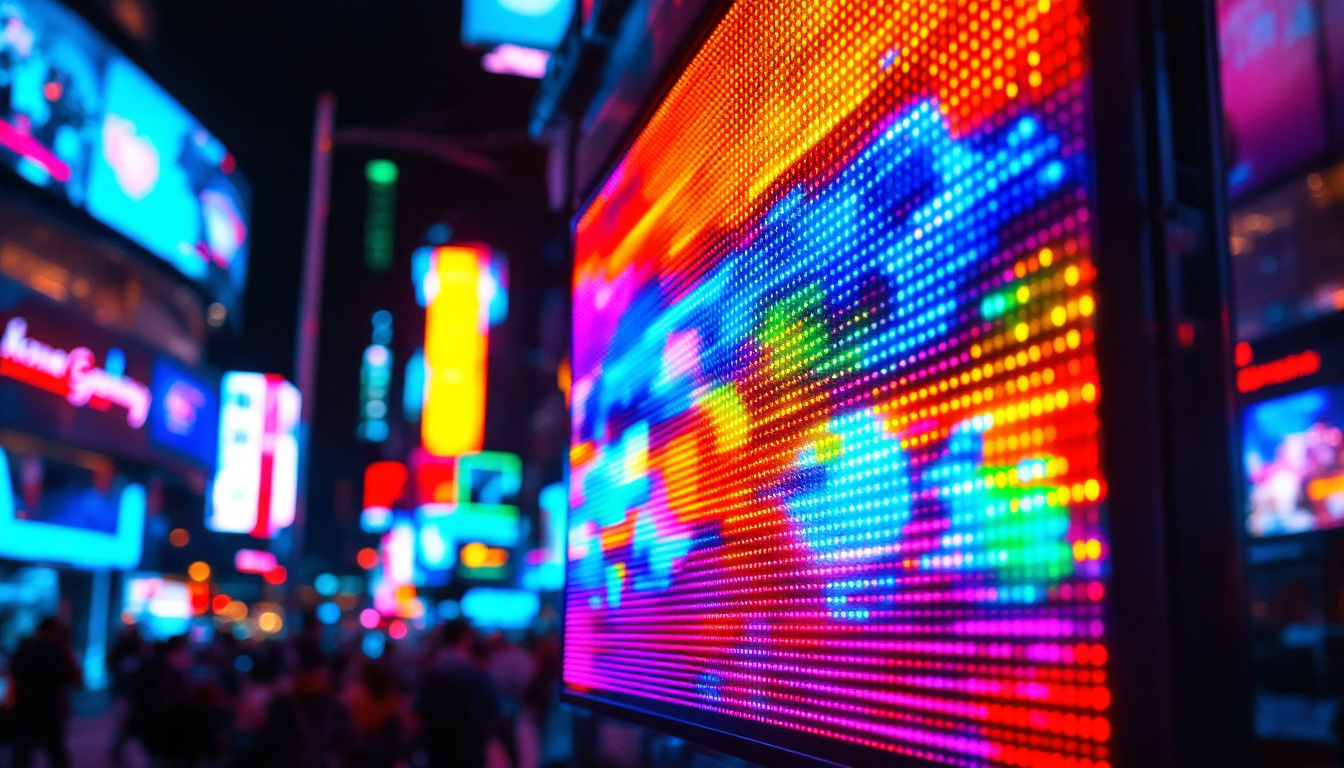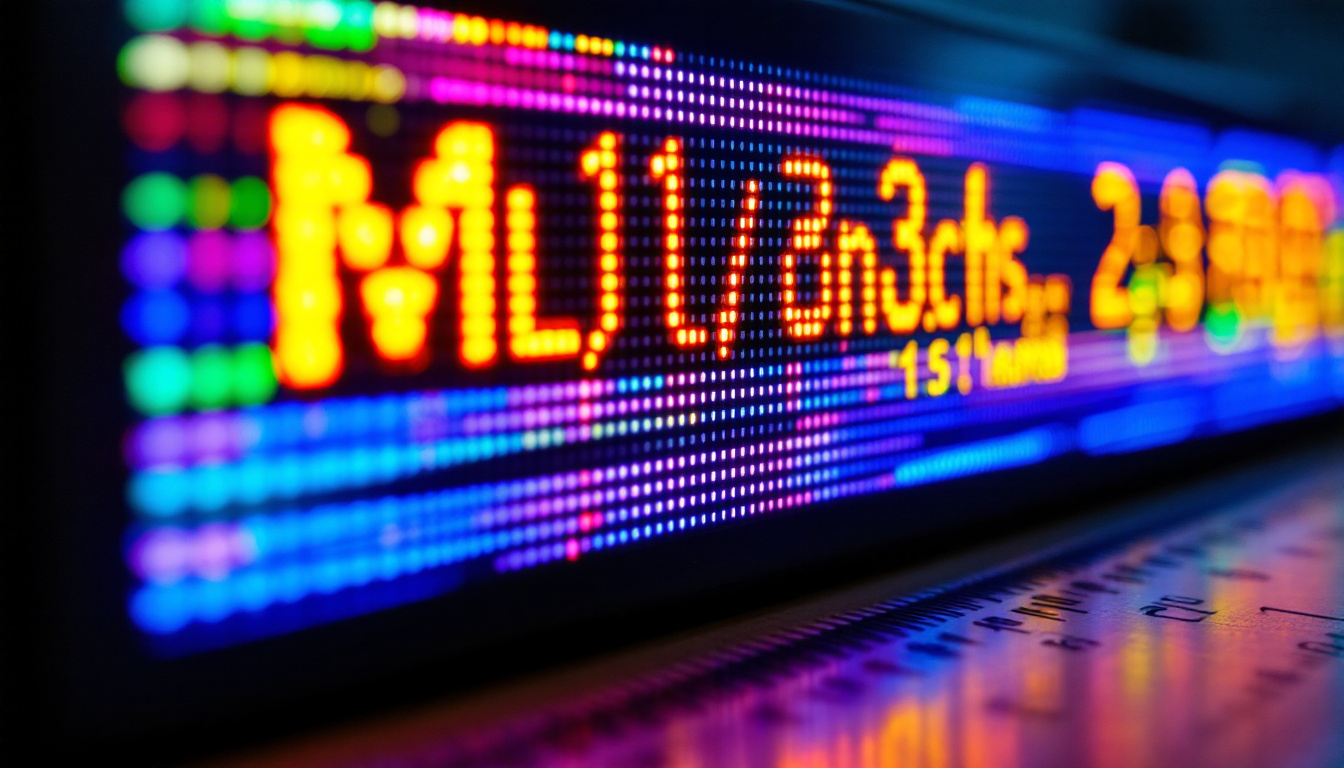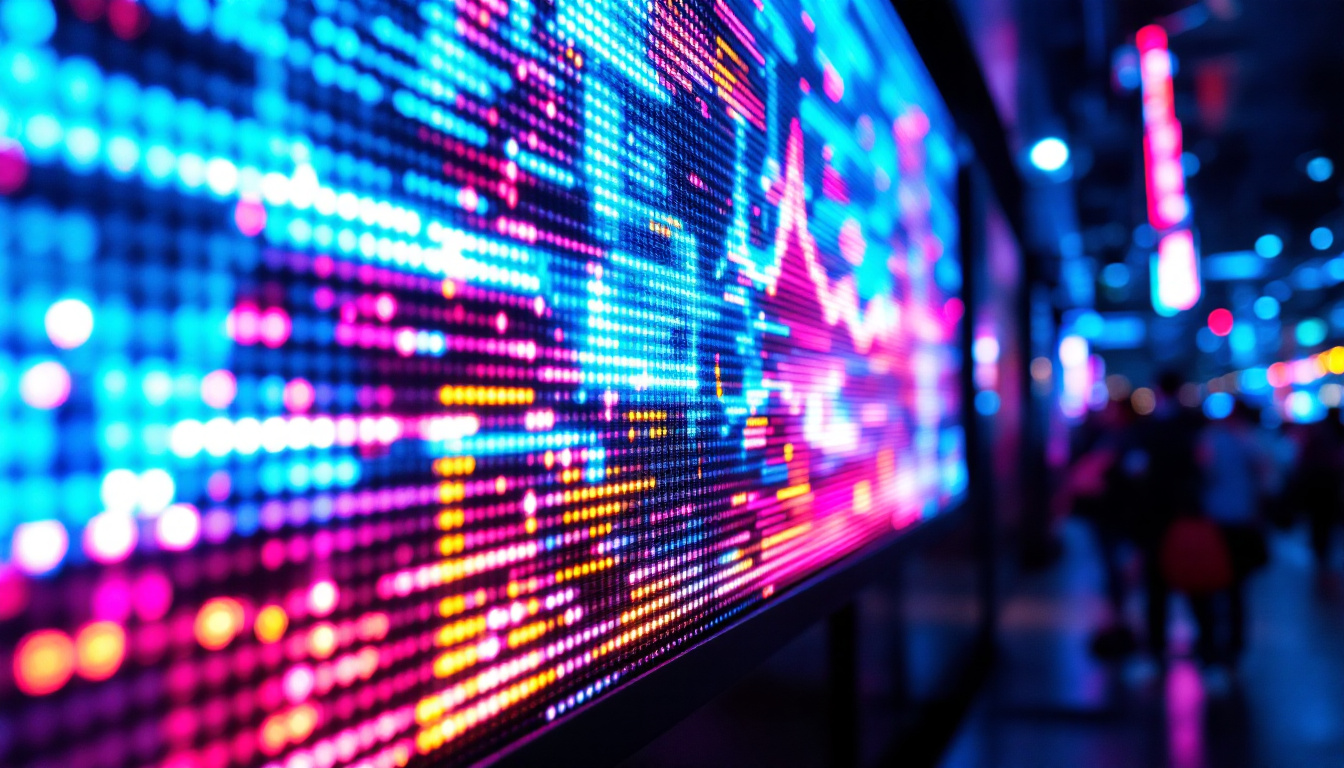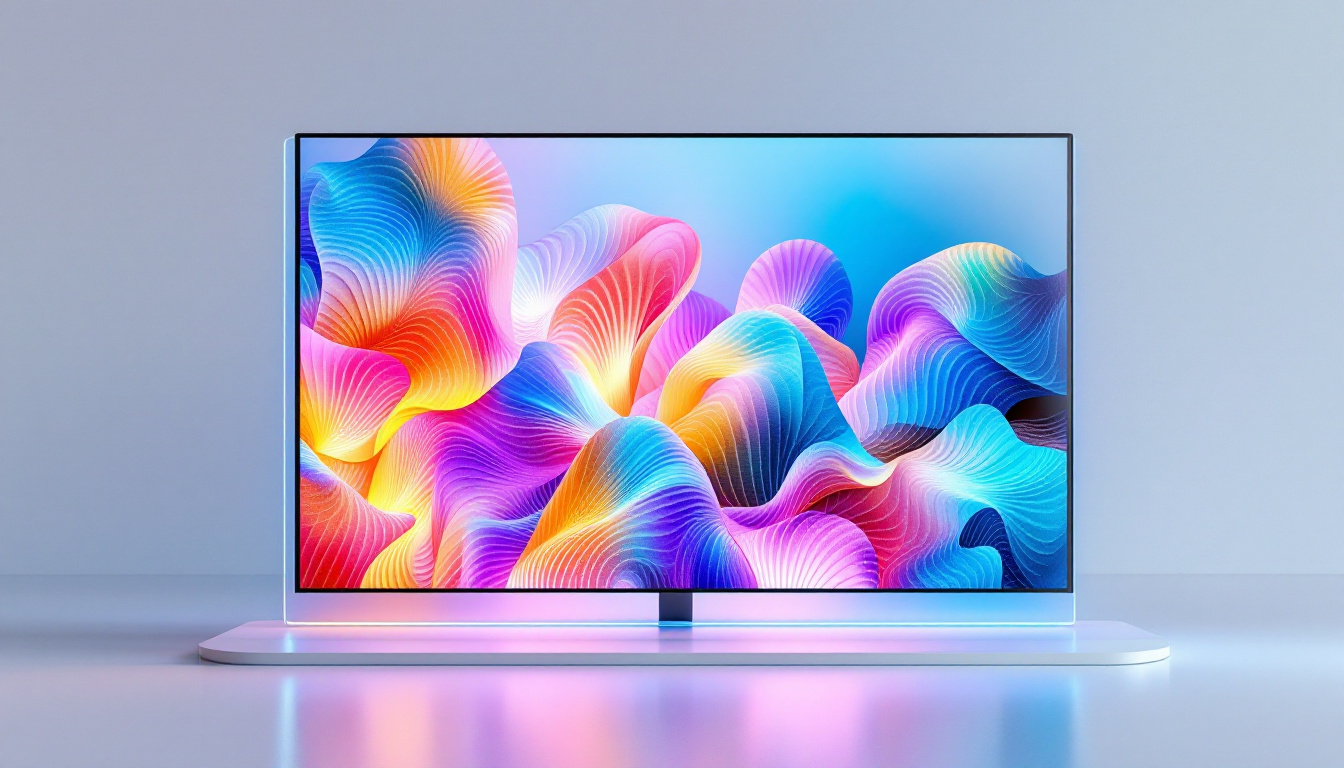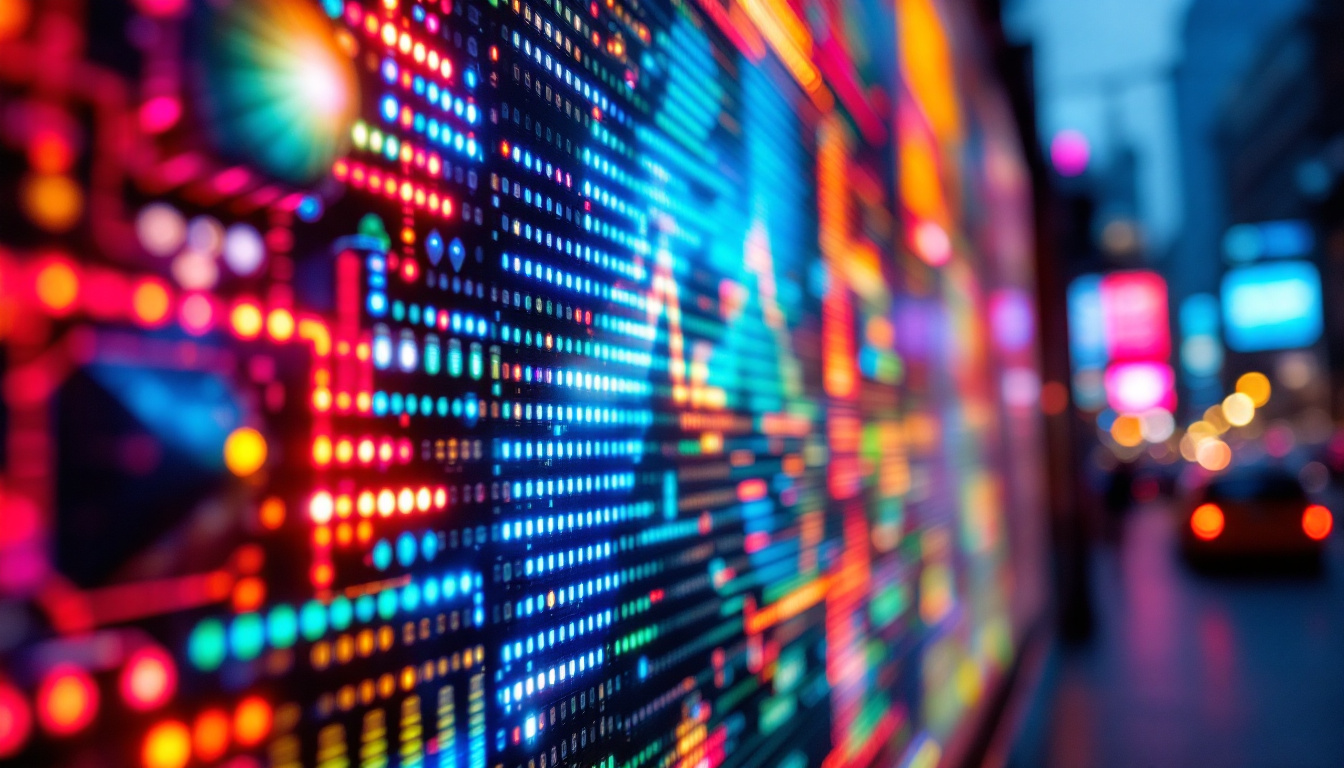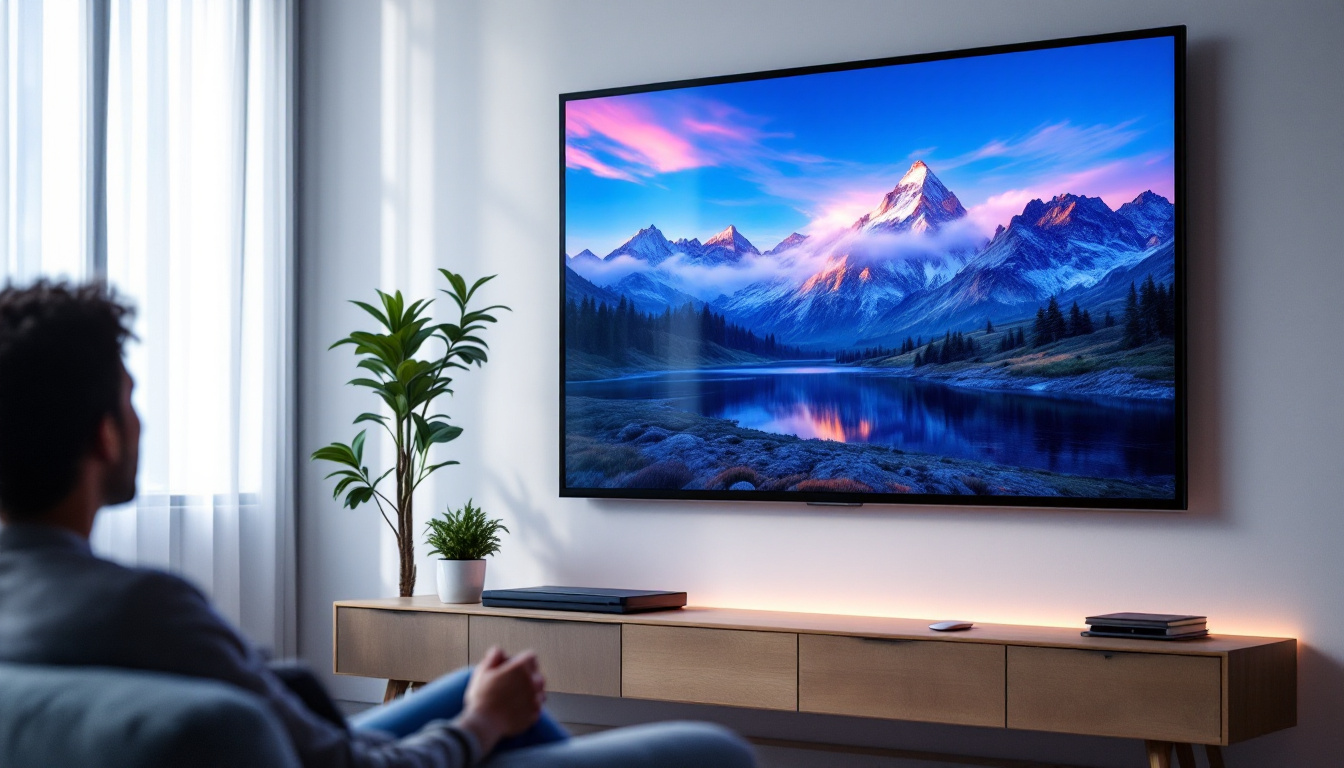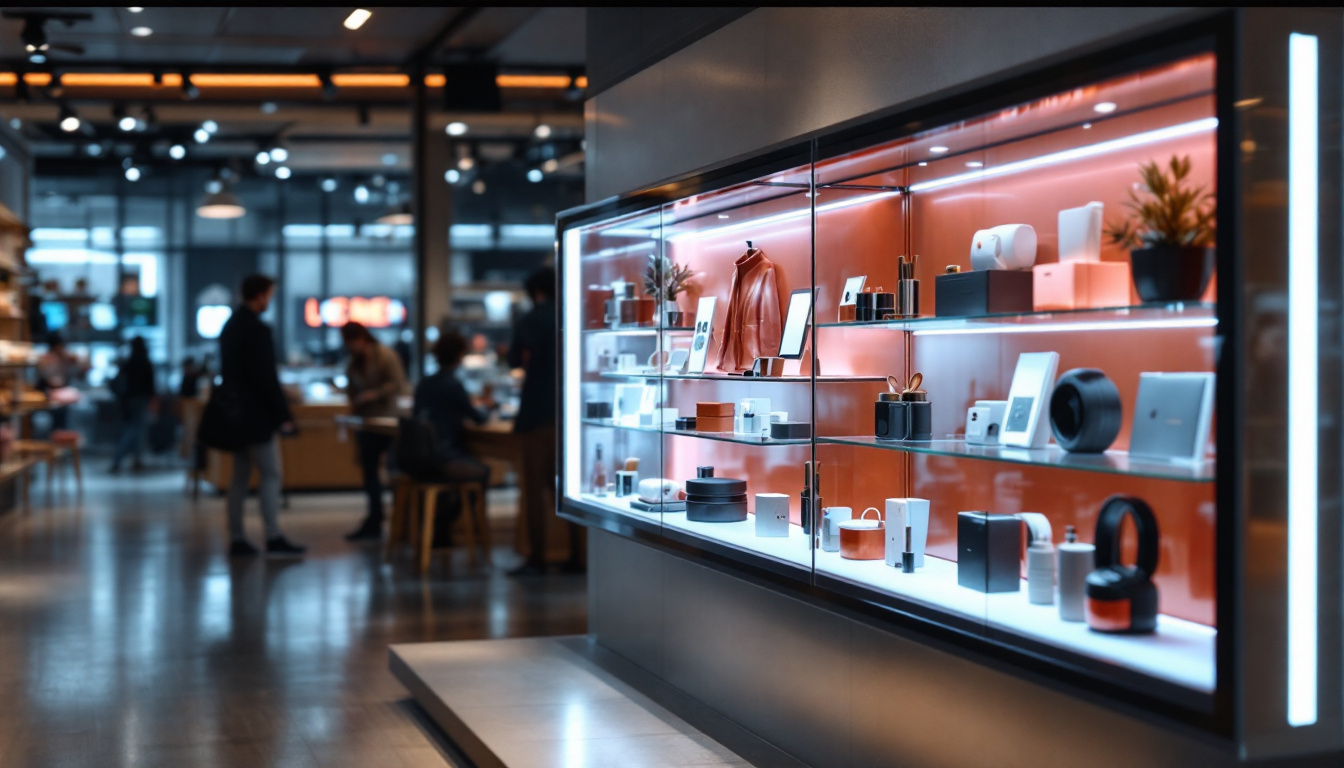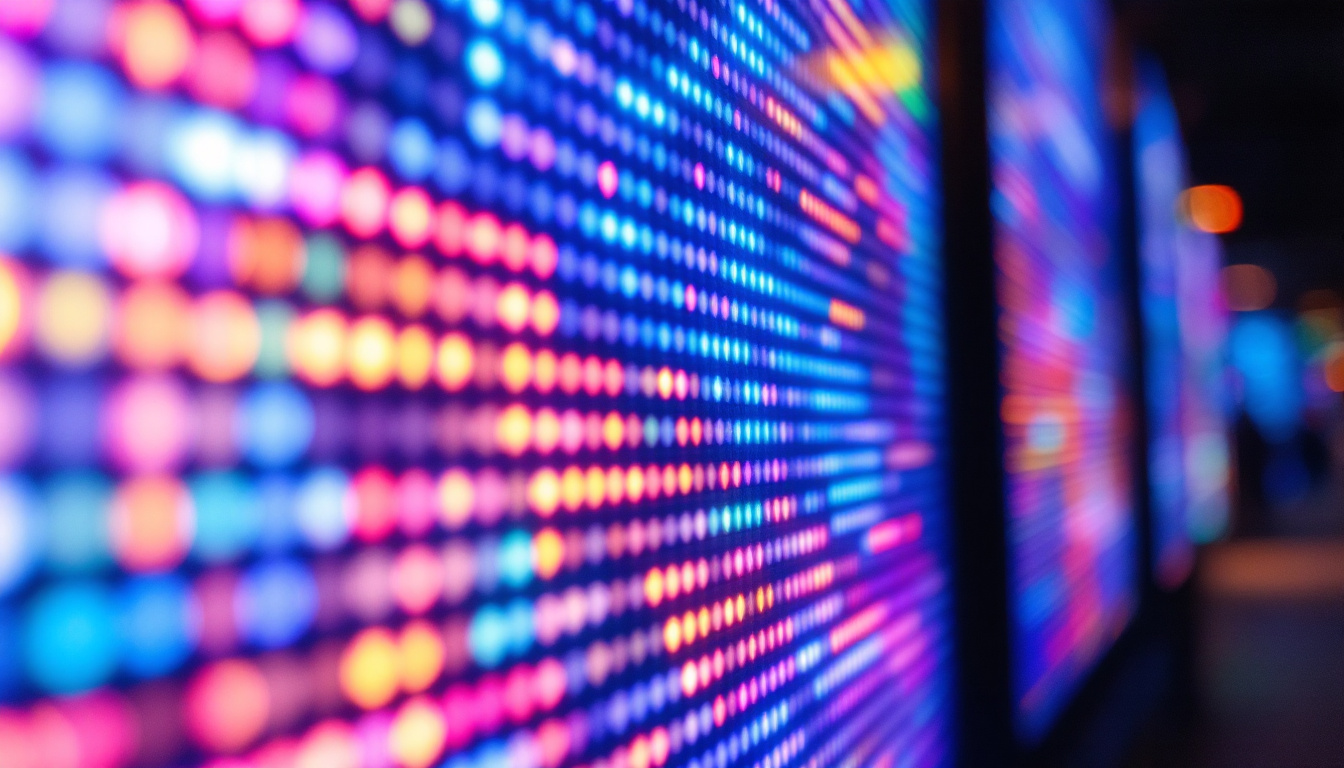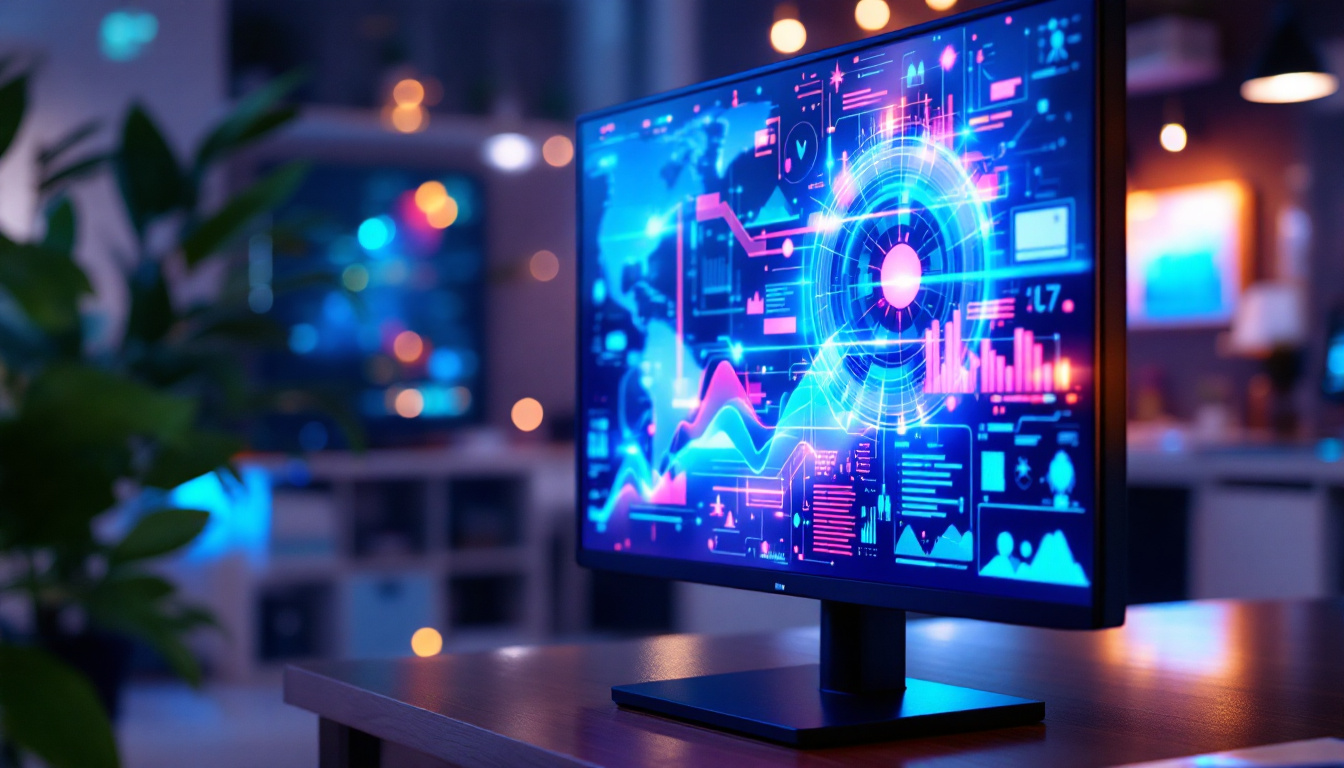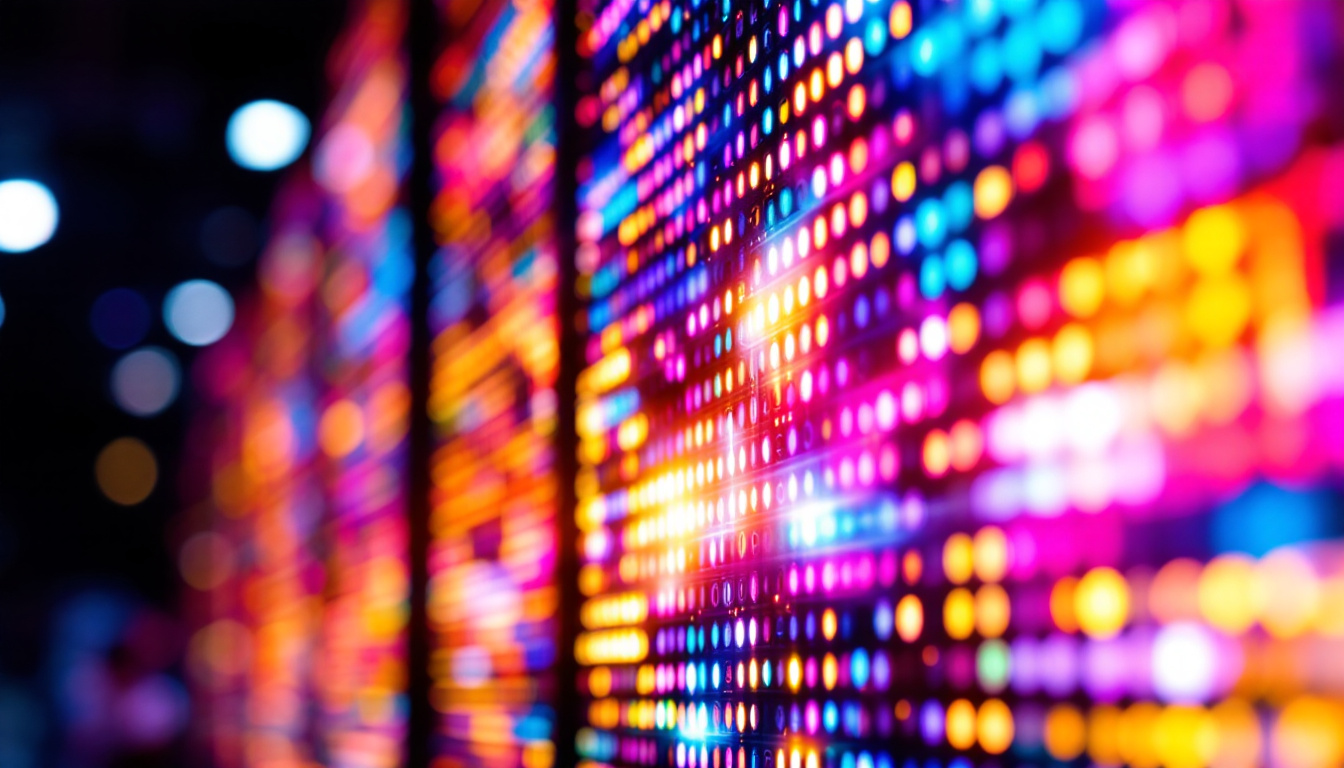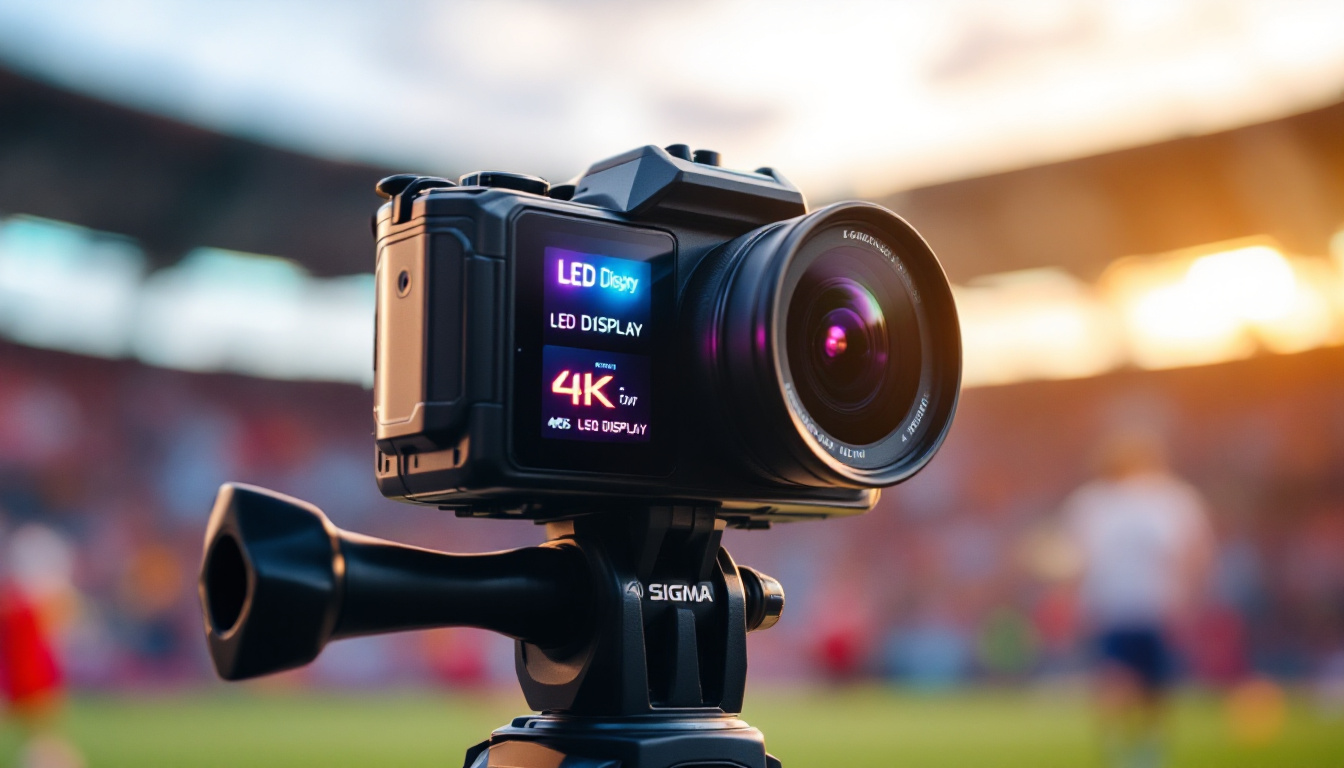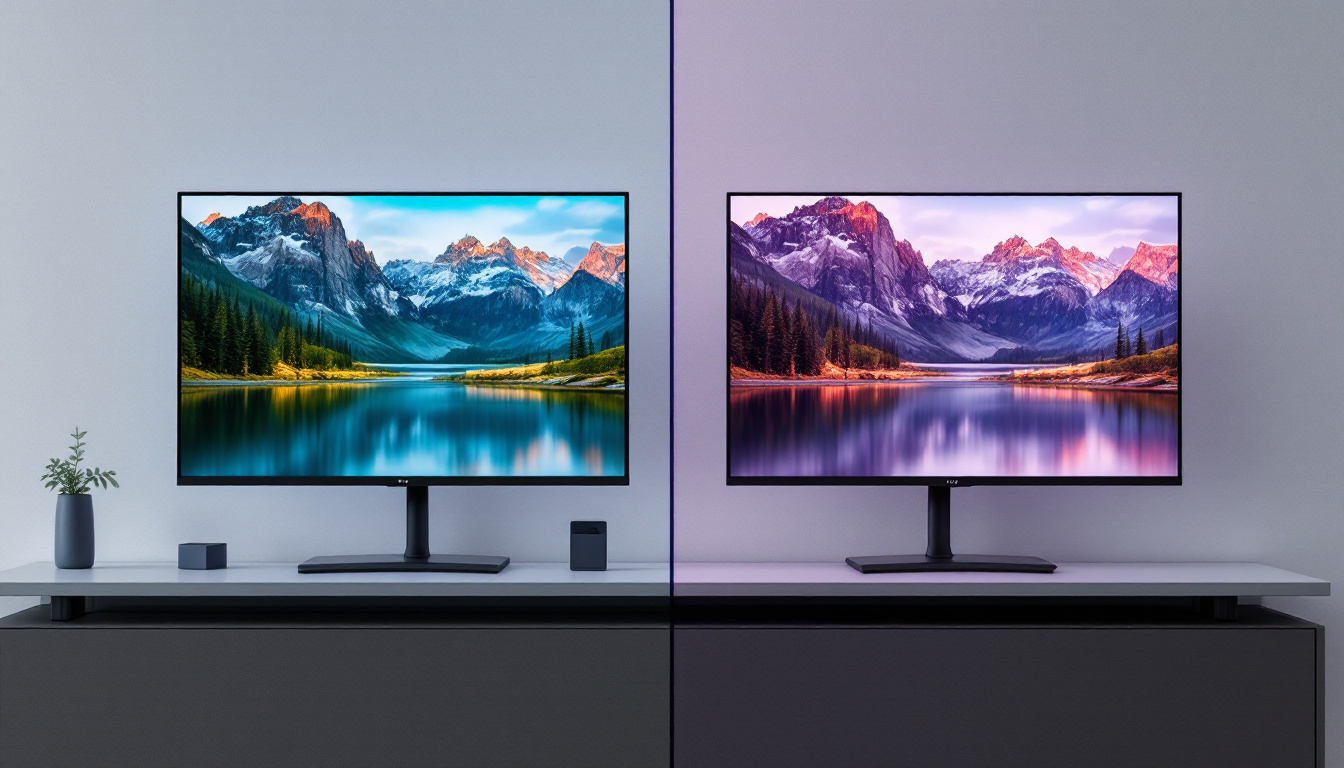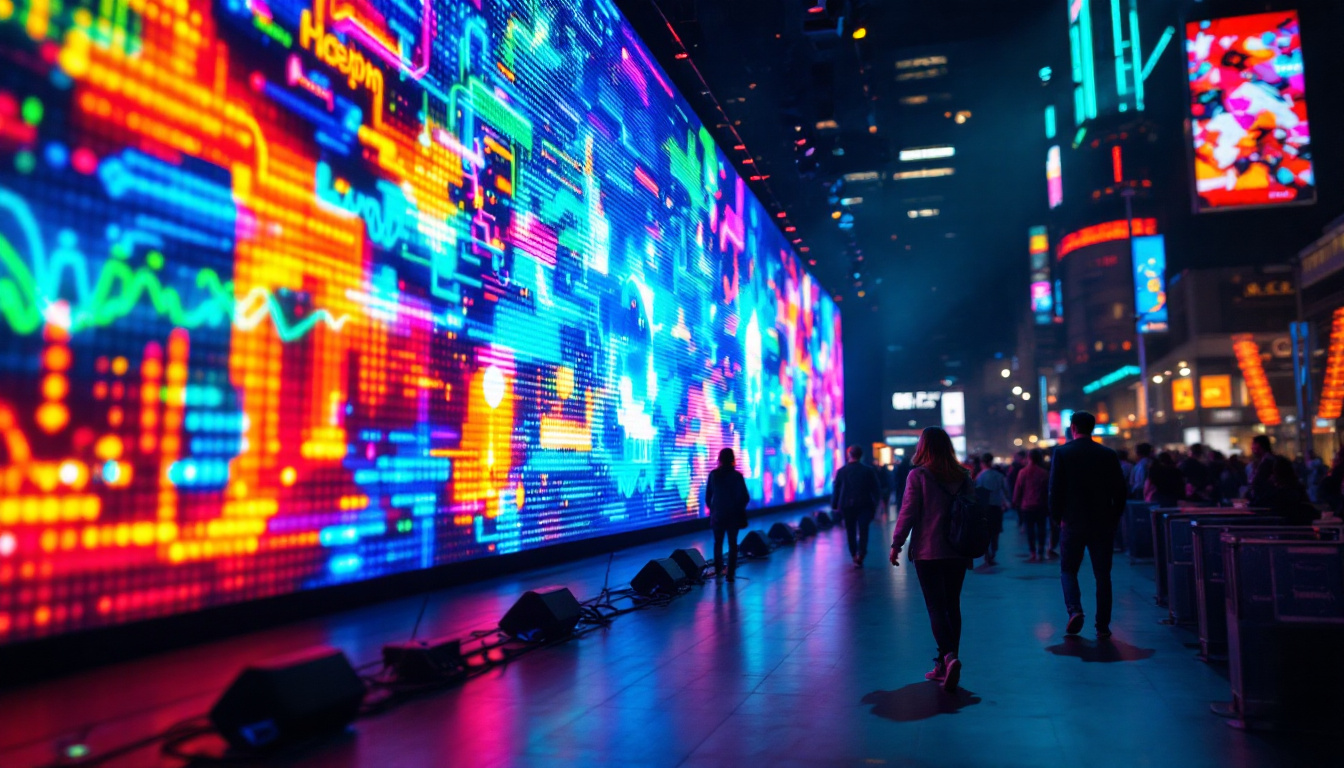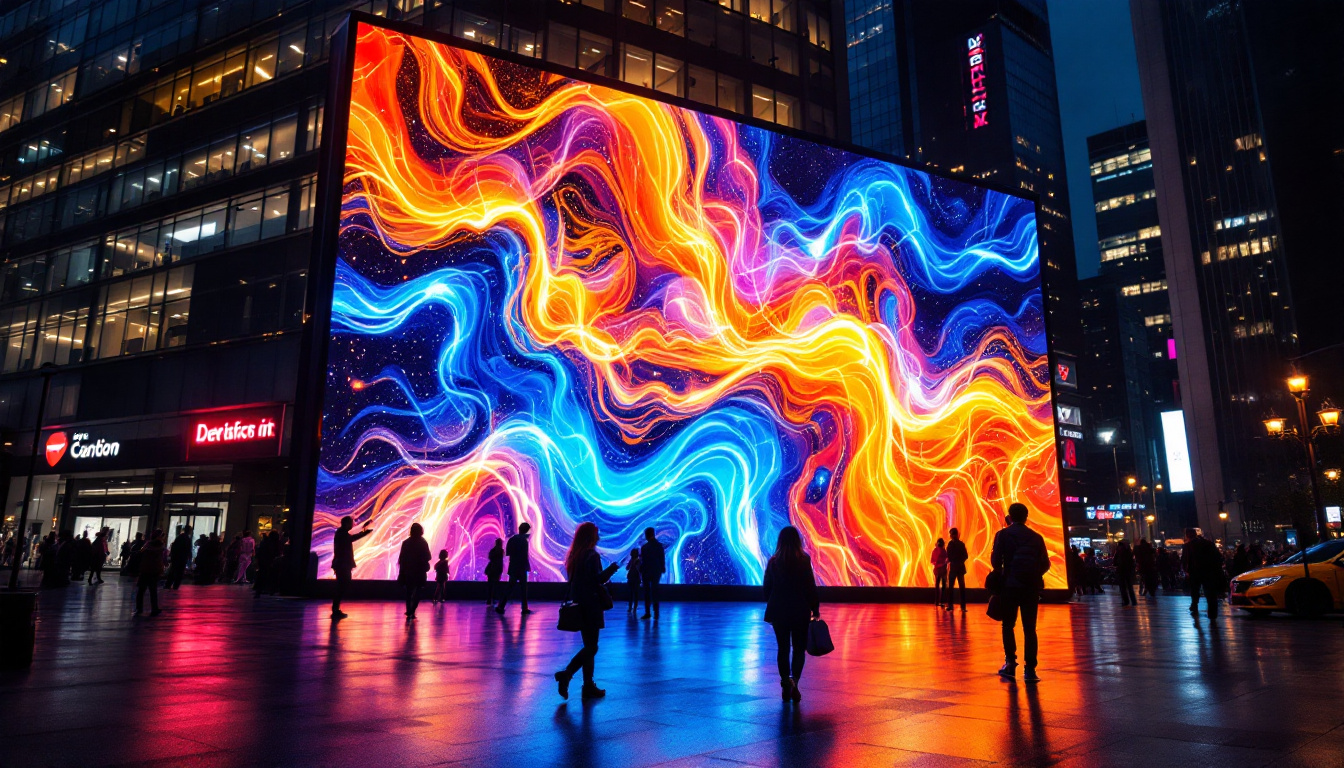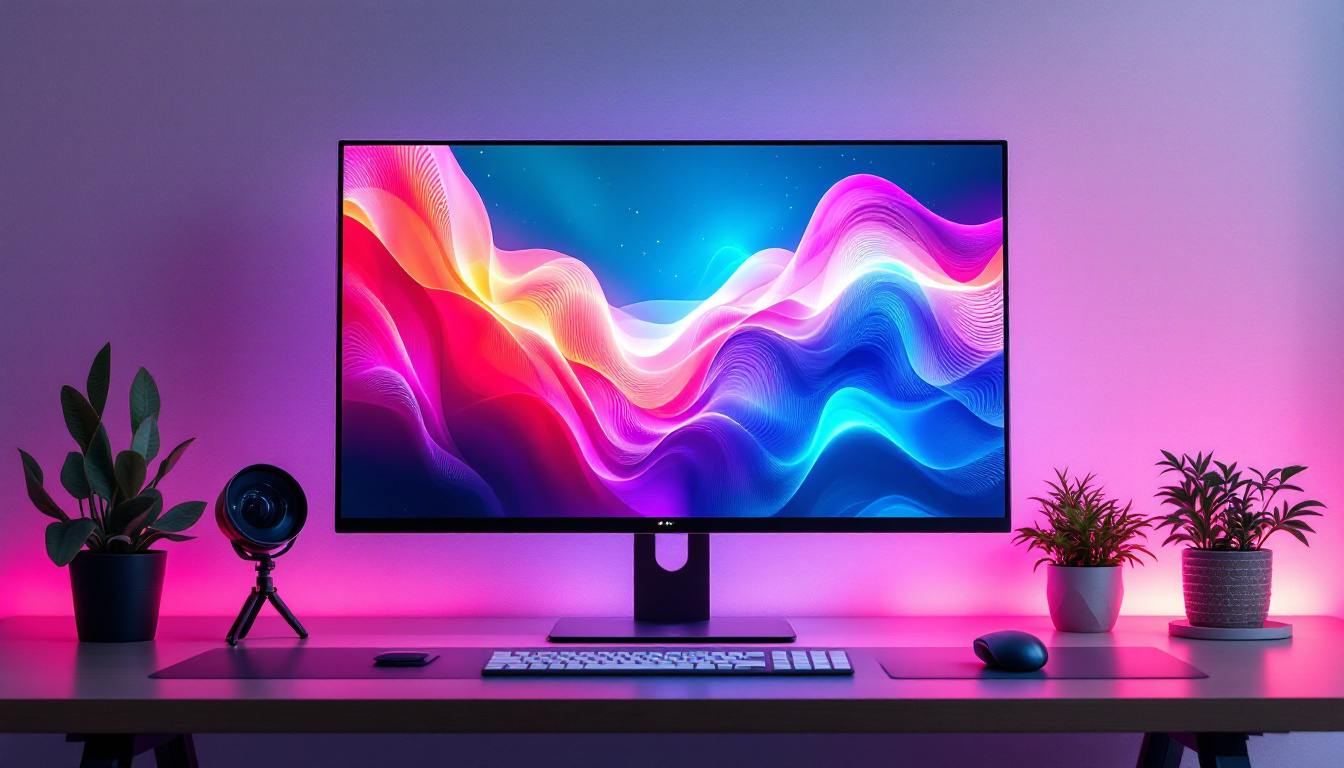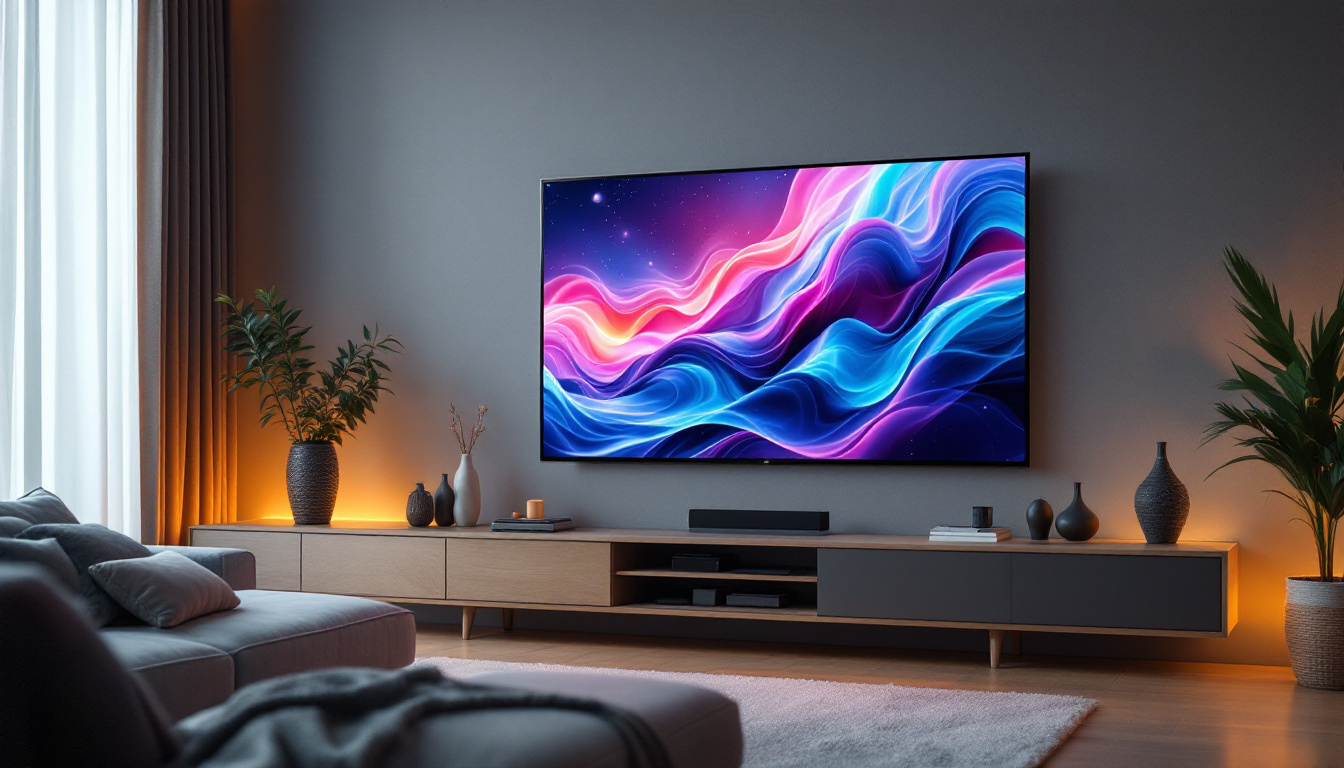In today’s digital age, LED displays have become an integral part of various applications, from advertising to information dissemination. Understanding how to effectively install and manage these displays is crucial for maximizing their potential. This article delves into the installation diagram of Uninterruptible Power Supplies (UPS) for LED displays, providing insights into their functionality and importance.
Understanding LED Displays
LED displays, or Light Emitting Diode displays, are widely recognized for their vibrant colors, energy efficiency, and versatility. They are commonly used in billboards, scoreboards, and digital signage. The technology behind LED displays allows for high brightness and excellent visibility, making them suitable for both indoor and outdoor environments. The advancements in LED technology have also led to improved color accuracy and contrast ratios, which enhance the overall viewing experience. This has made LED displays a popular choice not only for advertising but also for artistic installations and interactive displays in museums and galleries.
When considering the installation of an LED display, one must account for various factors, including location, power supply, and environmental conditions. A well-planned installation not only enhances the display’s performance but also extends its lifespan. Factors such as ambient light levels, viewing distance, and audience demographics play a crucial role in determining the optimal type of display and its placement. Additionally, regular maintenance and software updates are essential to ensure that the display operates at peak efficiency, providing the best possible visual experience for viewers.
Types of LED Displays
LED displays come in various types, each designed for specific applications. Common types include:
- Indoor LED Displays: These are typically used in venues such as shopping malls, airports, and conference centers. They offer high resolution and are designed for close viewing. Indoor displays often feature advanced technologies like high refresh rates, which are crucial for applications involving video content, ensuring smooth playback without flickering.
- Outdoor LED Displays: Built to withstand harsh weather conditions, outdoor displays are often used for advertising and public information. They are brighter and have a lower resolution compared to indoor displays. These displays are equipped with protective casings and advanced cooling systems to prevent overheating, ensuring durability and longevity even in extreme temperatures.
- Transparent LED Displays: These innovative displays allow light to pass through, making them ideal for storefronts and exhibitions where visibility is essential. They create a striking visual effect, allowing businesses to showcase products behind the display while simultaneously advertising promotions and information.
Key Components of LED Displays
The functionality of LED displays relies on several key components:
- LED Modules: These are the building blocks of the display, consisting of multiple LEDs arranged in a grid to create images and text. The arrangement and density of these modules can significantly affect the resolution and clarity of the display, with higher pixel densities providing sharper images, particularly in indoor settings.
- control system: This system manages the content displayed on the LED screen, allowing for real-time updates and scheduling. Advanced control systems can integrate with various content management software, enabling users to create dynamic and engaging content that can be tailored to specific audiences or events.
- Power Supply: A reliable power supply is essential for the consistent operation of LED displays, ensuring that they receive the necessary voltage and current. Modern power supplies are designed to be energy-efficient, reducing operational costs while maintaining optimal performance.
The Role of UPS in LED Display Installations
Uninterruptible Power Supplies (UPS) play a critical role in ensuring the reliability and longevity of LED displays. A UPS provides backup power during outages and protects sensitive electronic components from voltage fluctuations and surges.
Incorporating a UPS into the installation of an LED display not only safeguards the display but also enhances its operational efficiency. The UPS ensures that the display remains functional during power interruptions, allowing for continuous information delivery and advertising.
Benefits of Using a UPS
Using a UPS in conjunction with LED displays offers several advantages:
- Power Backup: In the event of a power failure, a UPS provides immediate backup power, preventing data loss and maintaining display functionality.
- Voltage Regulation: A UPS stabilizes voltage levels, protecting the LED display from potential damage caused by power surges or drops.
- Extended Lifespan: By reducing the risk of power-related damage, a UPS can help extend the lifespan of the LED display and its components.
Choosing the Right UPS for LED Displays
When selecting a UPS for an LED display, several factors should be considered:
- Power Capacity: The UPS must provide sufficient power to support the LED display and any additional equipment connected to it.
- Runtime: Consider how long the UPS can supply power during an outage. This is crucial for applications where display uptime is essential.
- Form Factor: Depending on the installation environment, the size and design of the UPS may also be important.
UPS Installation Diagram for LED Displays
Creating a clear installation diagram is essential for ensuring that all components are correctly integrated. A well-structured diagram helps technicians understand the layout and connections required for the UPS and LED display.
The installation diagram typically includes the following elements:
- LED Display Unit
- UPS Unit
- Power Source
- Control System
- Additional peripherals (if applicable)
Components of the Installation Diagram
Each component in the installation diagram plays a specific role:
- LED Display Unit: This is the primary component that displays content. It is connected to the UPS for power supply.
- UPS Unit: Positioned between the power source and the LED display, the UPS ensures that the display receives stable power and backup during outages.
- Control System: This system interfaces with the LED display and is powered through the UPS to maintain functionality during power interruptions.
Sample Installation Diagram
While a visual diagram cannot be displayed in text, a typical installation diagram would illustrate the following connections:
- The main power source connects to the UPS input.
- The UPS output connects to the LED display and control system.
- Additional connections for peripherals, such as network devices or media players, would also be shown.
It is essential to label each component clearly in the diagram for easy identification during installation and maintenance.
Installation Process of UPS for LED Displays
Installing a UPS for an LED display requires careful planning and execution. The following steps outline a typical installation process:
Step 1: Site Assessment
Before installation, a thorough site assessment should be conducted. This includes evaluating the location for the LED display, determining the power requirements, and identifying any potential obstacles.
Consideration should also be given to environmental factors, such as exposure to moisture or extreme temperatures, which can affect both the LED display and the UPS.
Step 2: Equipment Preparation
Once the site assessment is complete, the necessary equipment should be prepared. This includes:
- LED display unit
- UPS unit
- Cabling and connectors
- Mounting hardware
Ensuring that all components are compatible and in good working condition is crucial for a successful installation.
Step 3: Installation
The installation process typically involves the following steps:
- Mount the LED display securely in the designated location.
- Install the UPS unit in a suitable location, ensuring it is easily accessible for maintenance.
- Connect the UPS to the main power source and then to the LED display and control system.
- Test all connections to ensure proper functionality.
Testing and Maintenance of UPS and LED Displays
After installation, it is essential to conduct thorough testing to ensure that both the UPS and LED display are functioning correctly. Regular maintenance is also crucial for long-term performance.
Testing Procedures
Testing should include the following:
- Power Supply Test: Verify that the UPS provides adequate power to the LED display and that it activates during a power outage.
- Control System Functionality: Ensure that the control system can communicate with the LED display and that content can be updated seamlessly.
- Display Quality Check: Assess the clarity and brightness of the LED display to confirm that it meets quality standards.
Regular Maintenance Tips
To keep the UPS and LED display in optimal condition, consider the following maintenance tips:
- Perform routine inspections of the UPS and LED display for any signs of wear or damage.
- Check the battery health of the UPS regularly and replace batteries as needed.
- Keep the area around the LED display and UPS clean and free from obstructions.
Common Issues and Troubleshooting
Despite careful installation and maintenance, issues may arise with UPS systems and LED displays. Understanding common problems and their solutions can help minimize downtime.
Power Supply Issues
One of the most common issues is power supply failure. This can be caused by:
- Overloading the UPS beyond its capacity.
- Faulty connections or damaged cables.
- Battery failure within the UPS.
To troubleshoot, check all connections, ensure the load does not exceed the UPS capacity, and test the battery health.
Display Malfunctions
LED displays may experience issues such as flickering, color distortion, or complete failure. Common causes include:
- Faulty LED modules or connections.
- Issues with the control system.
- Insufficient power supply from the UPS.
Address these issues by inspecting the LED modules, testing the control system, and ensuring the UPS is functioning correctly.
Conclusion
Understanding the installation diagram and the role of UPS in LED displays is essential for anyone involved in the deployment of these technologies. A well-planned installation not only enhances the performance of the display but also ensures its reliability and longevity.
By following the outlined steps for installation, testing, and maintenance, users can maximize the effectiveness of their LED displays while minimizing potential issues. As technology continues to evolve, staying informed about best practices in LED display installations will be crucial for success in various applications.
Explore Cutting-Edge LED Solutions with LumenMatrix
Ready to elevate your visual communication with the latest in LED technology? Look no further than LumenMatrix, a pioneer in crafting immersive and dynamic LED displays for every application. From vibrant Indoor LED Walls to robust Outdoor LED Displays, and from sleek LED Posters to customizable solutions that fit your unique needs, LumenMatrix is your partner in creating visual experiences that captivate and engage. Don’t just take our word for it; check out LumenMatrix LED Display Solutions today and see how we can help illuminate your brand’s message with clarity and impact.


